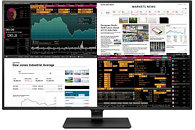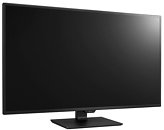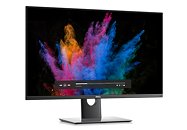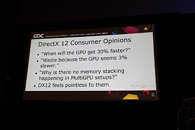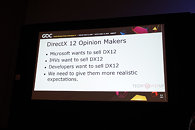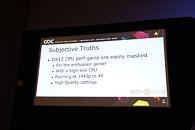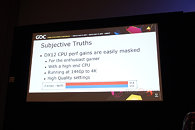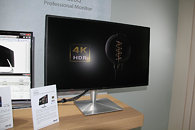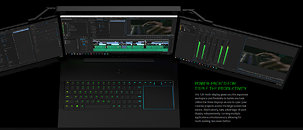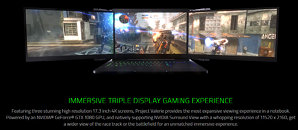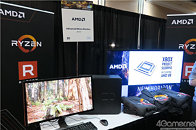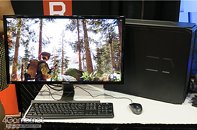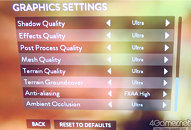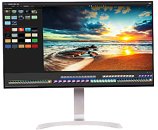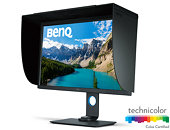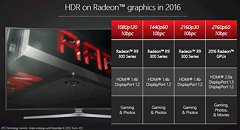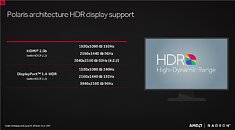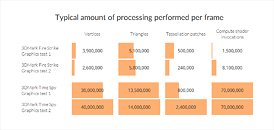
LG Introduces the 43UD79-B Display - 43", 4K, IPS, 60 Hz, Freesync
LG is looking to launch what seems to me one of the most well-rounded monitors for our use cases, with the LG 43UD79-B. Barring the enormous size of the monitor (I for one don't think a 43" on my desk would be the best way of going around computing), this monitors ticks almost all the boxes. It features 4K resolution (3840 x 2160) and an IPS panel with non-glare coating, which delivers a peak brightness of 350 cd/m2, a contrast ratio of up to 1000:1, and an 8 ms gray-to-gray (GTG) response time, which is the only sour point I see here (though it's still miles ahead of most 4K television sets.) The panel ticks on at 60 Hz, which, let's face it, is probably right for the resolution your graphics card will have to be driving anyway. The presence of Freesync here is mighty welcome indeed, ensuring you can make the most of those 60 FPS. LG mention support for 1.07 billion colors which come factory-calibrated, but the absence of any information regarding this being a 10-bit panel (which manufacturers naturally jump towards marketing) probably indicates this is actually an 8-bit panel using A-FRC to achieve a 10-bit color depth.
